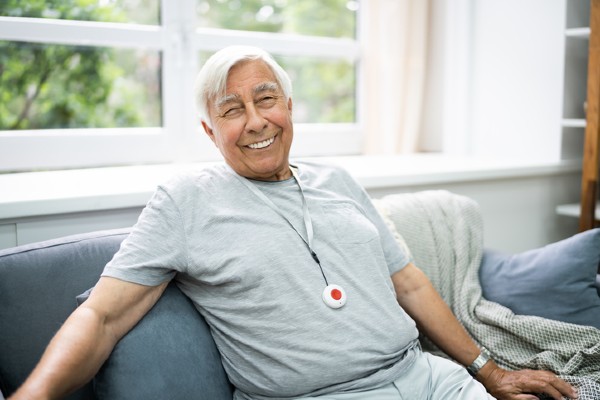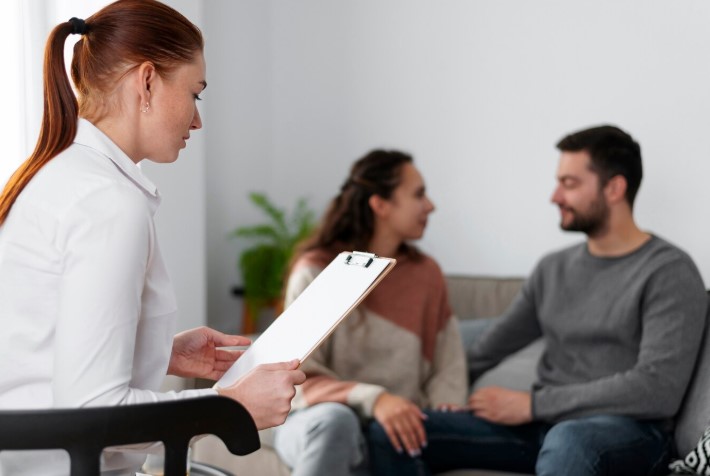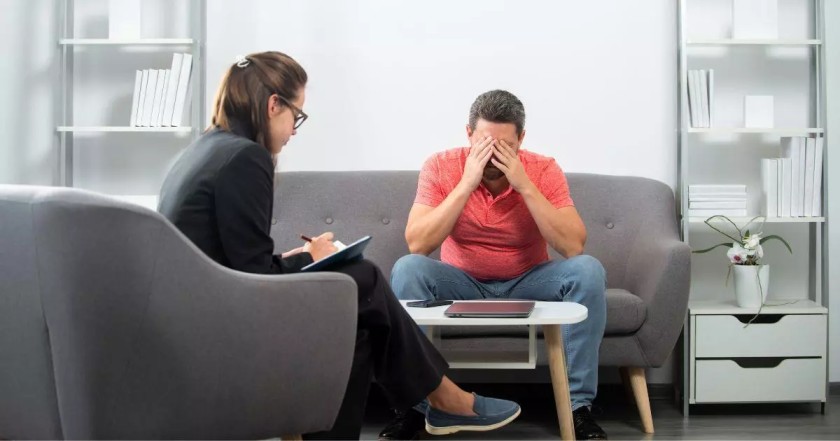Anxiety is not just a mental struggle; it often manifests physically, leaving the body tense, restless, and overwhelmed. From a racing heart to shortness of breath, these physical symptoms can be as distressing as the anxious thoughts themselves. Understanding how to manage these responses is crucial, as nearly 40 million adults in the United States alone experience anxiety disorders, according to the Anxiety and Depression Association of America. For those seeking professional help, options like anxiety treatment in Orange County offer tailored approaches to managing these challenges. In this guide, we will explore effective tips for calming the physical symptoms of anxiety, offering practical strategies that can help you regain a sense of calm and control in your daily life. By implementing these techniques, you can better manage the physical effects of anxiety and improve your overall well-being.
In this guide, we will explore effective tips for calming the physical symptoms of anxiety, offering practical strategies that can help you regain a sense of calm and control in your daily life.
1. Practice Deep Breathing Techniques
Deep breathing is one of the most effective ways to calm the physical symptoms of anxiety. When you feel anxious, your breathing often becomes shallow and rapid, which can exacerbate feelings of panic. By practicing deep breathing exercises, such as diaphragmatic breathing, you can slow down your heart rate and promote relaxation. Focus on taking slow, deep breaths, inhaling through your nose for a count of four, holding for a count of four, and exhaling through your mouth for a count of four. This technique helps oxygenate your body and signals your nervous system to relax. Consistent practice of deep breathing can significantly reduce the intensity of physical anxiety symptoms.
2. Engage in Regular Physical Activity
Regular physical activity is a proven method for reducing the physical symptoms of anxiety. Exercise helps release endorphins, which are natural chemicals in the brain that improve mood and reduce stress. Activities such as walking, jogging, yoga, or swimming can help ease muscle tension, reduce restlessness, and improve overall well-being. Aim for at least 30 minutes of moderate exercise most days of the week to experience these benefits. Physical activity also helps distract your mind from anxious thoughts and provides a healthy outlet for pent-up energy. Over time, incorporating regular exercise into your routine can lead to long-term reductions in anxiety symptoms.
3. Practice Progressive Muscle Relaxation
Progressive Muscle Relaxation (PMR) is a technique that involves tensing and then slowly releasing different muscle groups in your body. This method helps you become more aware of physical tension and teaches you how to release it effectively. Start by tensing the muscles in your feet for a few seconds, then gradually relax them, working your way up through your body to your head. Practicing PMR regularly can help reduce physical symptoms like muscle tightness, headaches, and fatigue, which are often associated with anxiety. By systematically relaxing your muscles, you can also lower your overall stress levels. PMR is a simple, yet powerful tool for managing physical anxiety symptoms.
4. Maintain a Balanced Diet
What you eat can have a significant impact on how your body responds to stress and anxiety. A balanced diet that includes a variety of nutrients can help stabilize your mood and reduce physical symptoms of anxiety. Consuming foods rich in vitamins, minerals, and antioxidants, such as fruits, vegetables, whole grains, and lean proteins, supports your body’s ability to handle stress. Avoid excessive caffeine, sugar, and processed foods, which can trigger or worsen anxiety symptoms. Staying hydrated is also crucial, as dehydration can lead to increased tension and irritability. By maintaining a balanced diet, you can better manage the physical effects of anxiety and improve your overall health.
5. Get Adequate Sleep
Sleep plays a vital role in managing anxiety and its physical symptoms. Lack of sleep can increase stress levels, making it harder to cope with anxiety during the day. Aim for 7-9 hours of quality sleep each night to allow your body to recover and manage stress more effectively. Establish a regular sleep schedule by going to bed and waking up at the same time each day, and create a relaxing bedtime routine to signal your body that it’s time to wind down. Avoiding screens, caffeine, and heavy meals before bed can also improve sleep quality. Adequate sleep not only helps reduce physical symptoms of anxiety but also improves your overall mental and emotional resilience.
Managing the physical symptoms of anxiety requires a combination of practical strategies and lifestyle adjustments. By incorporating deep breathing techniques, regular physical activity, progressive muscle relaxation, a balanced diet, and adequate sleep into your daily routine, you can significantly reduce the impact of anxiety on your body. Each of these methods works to calm the nervous system and promote a sense of well-being, making it easier to navigate through stressful situations. Consistent practice and mindfulness are key to effectively managing anxiety over the long term. Remember, these techniques not only address the immediate physical symptoms but also contribute to overall mental health. By taking proactive steps to care for your body, you can improve your ability to manage anxiety and enhance your quality of life.










Leave a Reply